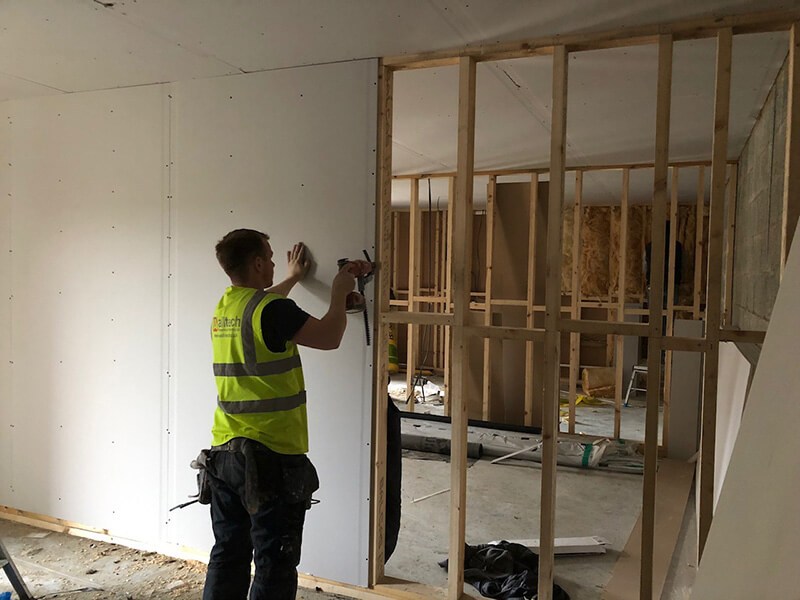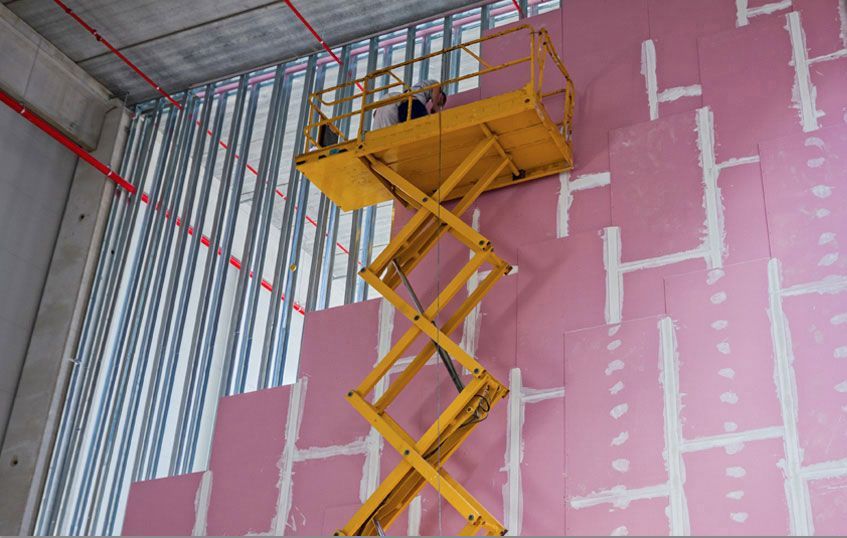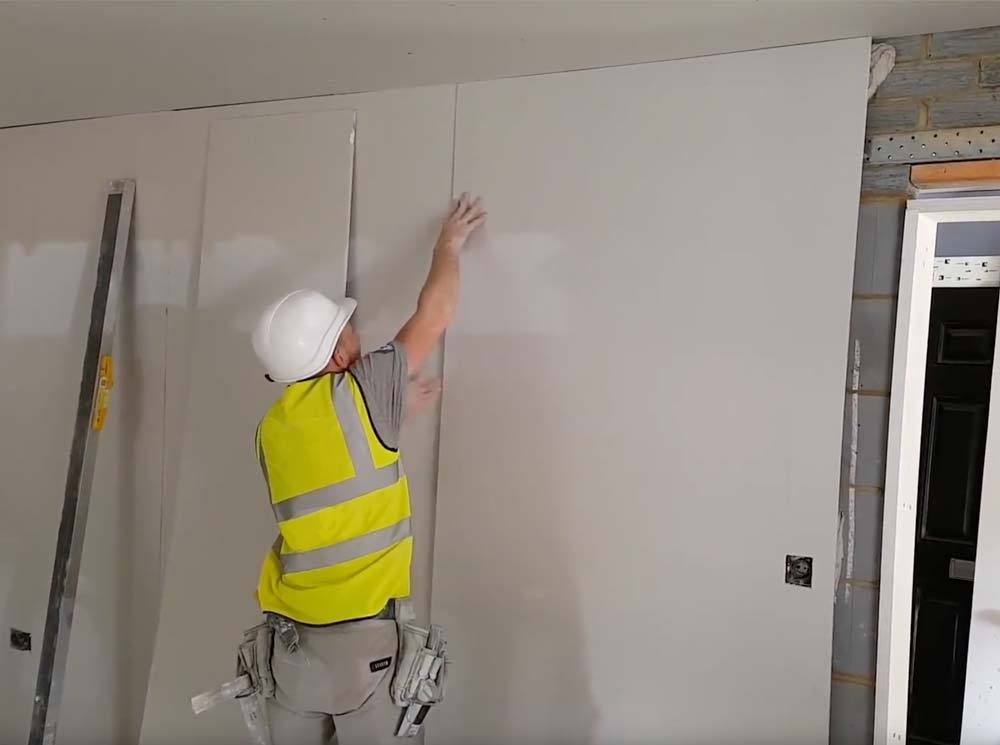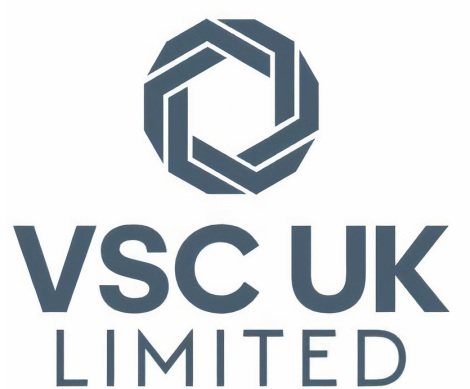Dry lining is a form of cladding for internal walls, and sometimes ceilings, to prepare them for painting or covering (for example in wallpaper). Plasterboard is attached to create a smooth surface.
Dry lining is much quicker than traditional plastering and achieves a similar result: a wall or surface that is ready to paint or cover. The plasterboard used in dry lining can hide pipes and wires, create insulation space, and even provide soundboarding.

Dry lining is also suitable for a wide range of applications as it can be added to surfaces that include brickwork or uneven surfaces. It can create curved walls too, which allows for creativity or to help manage smaller or uniquely shaped spaces.
Newer properties are often built with stud walls to create separate living spaces, and dry lining plasterboard can easily be added to these walls to make them smooth, sturdy, and safe.

As mentioned, dry lining can be used on internal walls and ceilings, including brick walls and uneven surfaces, plus on internal stud walls.
Depending on the type of wall or surface the plasterboard is being fixed to, two standard thicknesses of plasterboard, 9.5mm and 12.5mm, can be used.
Dry lining is also possible around a door frame, with specialist door kits available to fit most standard frames.
Dry lining can be used in bathrooms and kitchens, although moisture resistant plasterboard or specialist insulation may be required to cope with condensation and moisture from the activities in these spaces.

Advantages of Dry lining:
- Dry lining is generally faster and easier to install than wet plaster
-Specialist insulation can be glued to the back of the plasterboard to help keep the heat in and the cold out
-Dry lined walls are easier to change, making buildings more flexible
-Dry lining creates lightweight walls and ceilings, which generally means the overall construction weighs less

